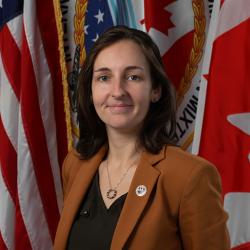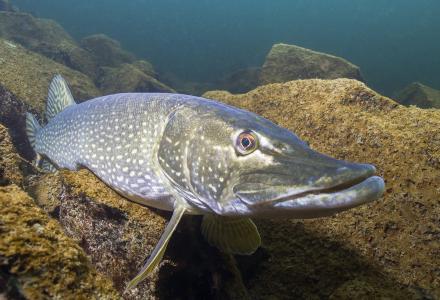
The phrase, “I am the river; the river is me,” was at the heart of the message presented during this year’s keynote at the Assembly of First Nations (AFN) Water Symposium held in Niagara Falls, Ontario.
The focus was the sharing of ideas and practices of First Nations. Keynote speakers Dame Tariana Turia and Turama Hawira of New Zealand were invited to talk about their role in protecting and managing the Whanganui River in Aotearoa.
The two officials, one appointed by the Whanganui Māori, Indigenous Peoples of the Whanganui region, and the other by the Crown, jointly perform the role of Te Pou Tupua, which provides a human face to the Whanganui River and speaks on its behalf.

The role of Te Pou Tupua was created through the Te Awa Tupua (Whanganui River Claims Settlement) Act 2017, which recognizes the Whanganui River as a living entity with the same rights, powers, liabilities and duties as a legal person under New Zealand law.
Such an approach to water management may seem foreign to North Americans. However, Indigenous peoples here share similar views of how water should be maintained, and a recent citizens movement in Toledo, Ohio, demonstrates that such an approach also is gaining popularity among non-Indigenous residents.
The representatives spoke of the Whanganui Māori’s century-long efforts to have New Zealand legally recognize the Whanganui River as a living entity. The Māori also succeeded in ensuring that the law recognizes the deep and inalienable connection that the Māori have to the river, which they consider to be an ancestor, and acknowledges their inherent role in maintaining its well-being.
The passage of this law in New Zealand is another example of a rise in the “rights of nature” movement that has gained traction internationally in recent years. The movement advocates for the provision of legal rights to natural resources and has experienced recent success on the Ganges and Yamuna rivers in India, the Vilcabamba River in Ecuador and the Rio Atrato River in Columbia.
In North America, Indigenous laws have recognized water as a living entity long before western settlement of this continent. For decades, Indigenous peoples have advocated for lawmakers in Canada and the United States to recognize water as an animate being that is connected with all life.
They also have pushed for governments to recognize the role of Indigenous peoples as stewards of the water. Such advocacy has received growing attention in recent years. Powerful activism from Indigenous water leaders such as Autumn Peltier, who spoke at the United Nations General Assembly last year, and the late Josephine Mandamin, the water walker who circumnavigated the Great Lakes on foot, has spurred the renewal of discussions surrounding the nature of water management and the responsibility of water users to protect it.

Despite these long-held understandings in North America, there is no precedent in Canadian or US law for establishing legal personhood to water bodies.
But this could soon change. In February 2019, residents of Toledo, Ohio, voted overwhelmingly in favor of a Lake Erie Bill of Rights, which proposed to grant the lake legal rights to “exist, flourish, and naturally evolve.”
Although the law is being challenged in court, the vote was a clear indication to industry and regulators that citizens want greater protections for a resource that is precious and vital to them. A law recognizing a lake as an existing entity with rights would be ground-breaking in North America, and even more so for a body of water that is bordered by two countries and governed by multiple Canadian, US, and Indigenous jurisdictions.
Although the future of rights for Lake Erie is still unknown, water managers in North America are beginning to acknowledge a growing trend in citizen advocacy to take responsibility for the protection of our most critical natural resources.

Christina Chiasson is a policy analyst for the Canadian Section of the IJC in Ottawa, Ontario.



